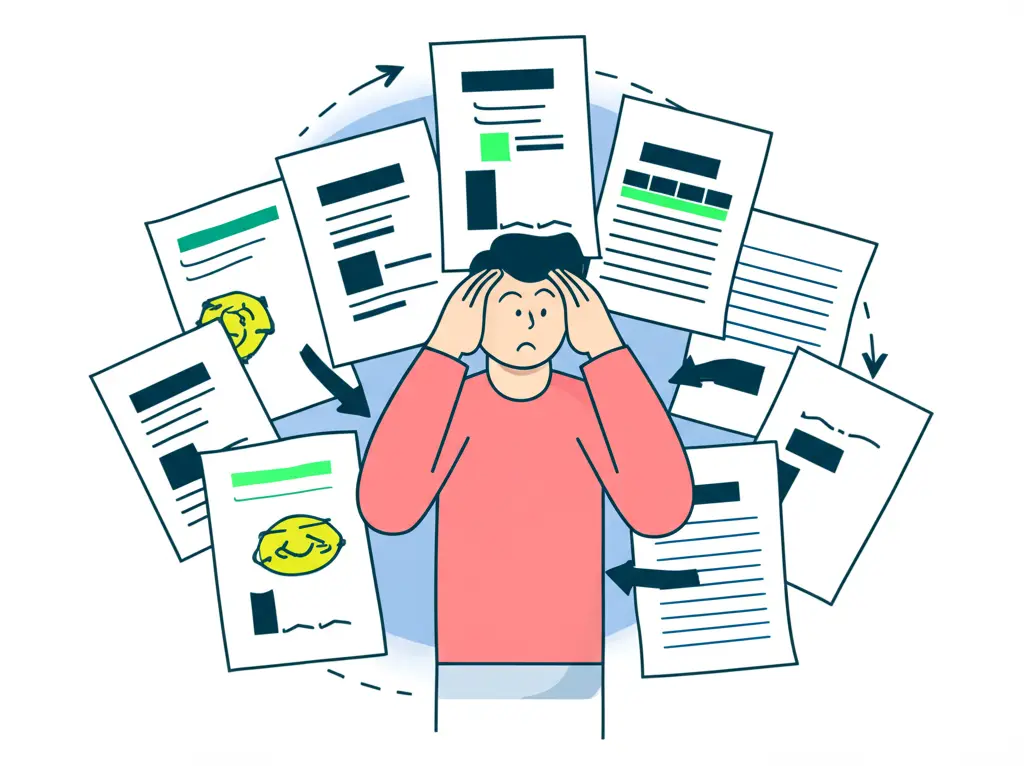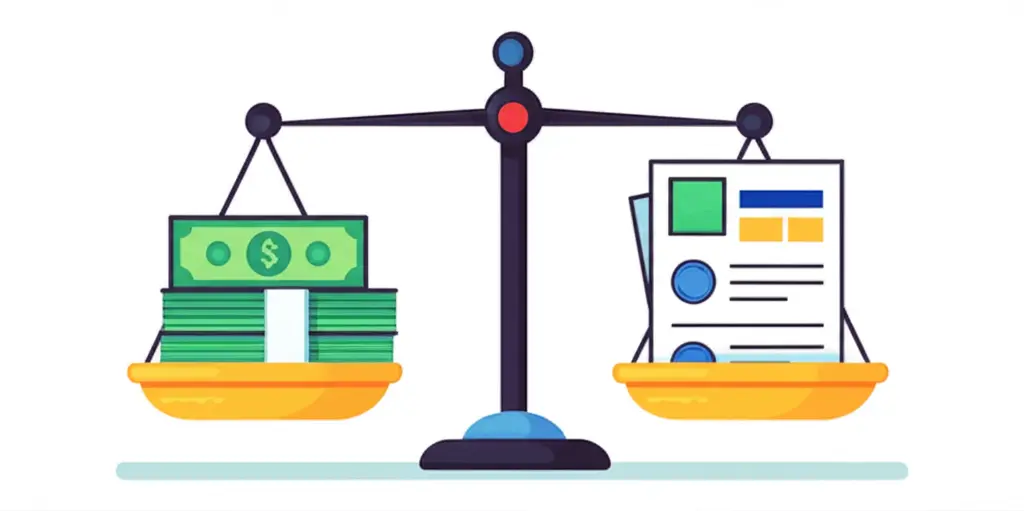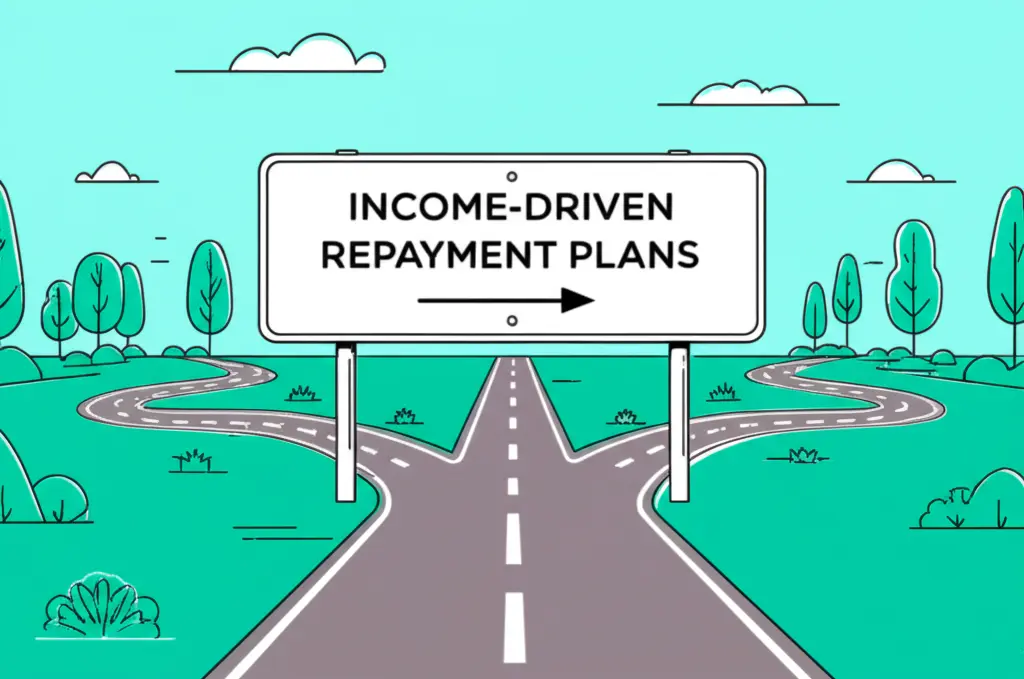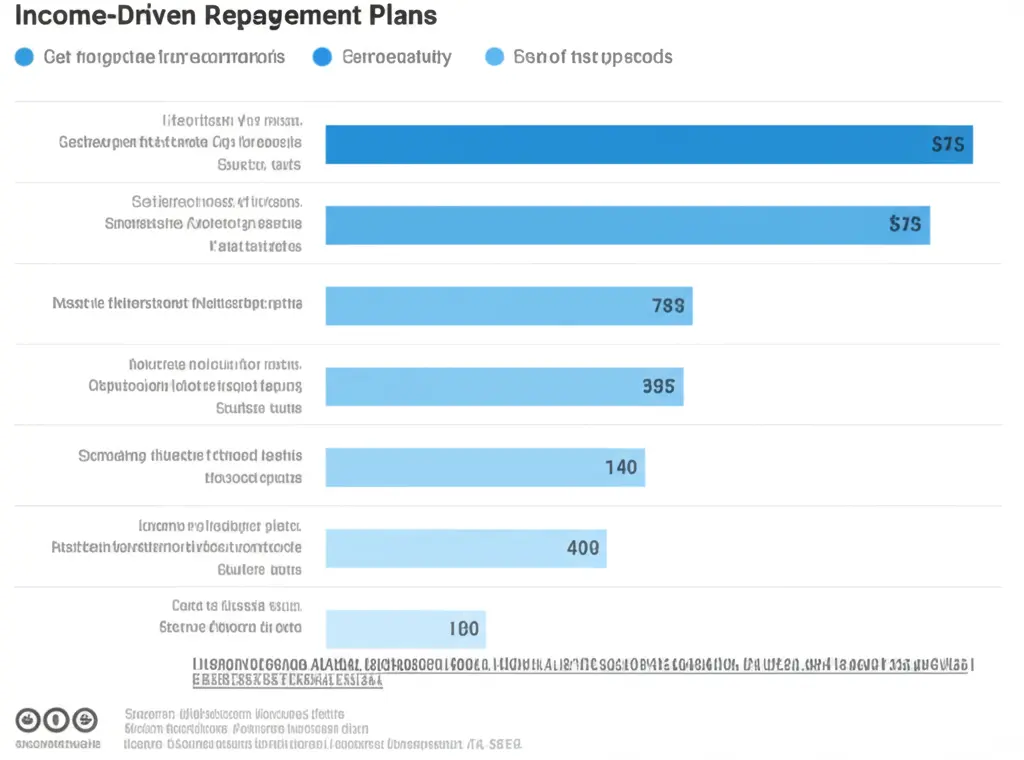Understanding Income-Driven Repayment Plans: Navigating Student Loan Options
Explore income-driven repayment plans to manage student loans more effectively.

If you're like many of us who've waded into the murky waters of student loans, you've probably heard of income-driven repayment (IDR) plans. These plans can feel like a lifesaver when you're staring down a mountain of debt with a modest paycheck. But what are they, really? And how do you know if they're the right move for you?
What is an Income-Driven Repayment Plan?
In essence, income-driven repayment plans are designed to make your monthly student loan payments more affordable based on your income and family size. The primary keyword here is flexibility — a welcome term when your budget is stretched thin. They offer options such as Revised Pay As You Earn (REPAYE), Pay As You Earn (PAYE), Income-Based Repayment (IBR), and Income-Contingent Repayment (ICR).
Different Types of Income-Driven Repayment Plans
- REPAYE and PAYE: These are generally more favorable if you're newly in repayment and your loans are predominantly federal student loans.
- IBR: Aimed at borrowers whose loan debt is higher relative to their income and can be a suitable option for those not eligible for PAYE.
- ICR: Offers more flexibility but generally requires higher payments than the other IDR plans.

Are You Eligible?
Eligibility can vary based on factors such as loan type, disbursement date, and income level. The great part? The online tools provided by the U.S. Department of Education make it relatively streamlined to figure out your eligibility. If you're like me, you’ll appreciate the simplicity in an otherwise complex financial landscape.

How to Choose the Right Plan
Choosing the right plan depends heavily on your current financial situation, loan balance, and your career path. Here are a few steps to guide you:
- Evaluate your current income and expenses.
- Consider future income prospects.
- Use the loan simulator tools available online to project your payments under different plans.
Remember, switching plans is possible if your financial situation changes, though it might mean losing certain benefits, such as the interest subsidy under REPAYE.

Frequently Asked Questions
What's the catch? In some cases, you might pay more interest over time, and not all types of loans are eligible.
Will it affect my credit score? Switching to an IDR plan could impact your credit score if it involves missing payments, but the act of switching plans itself does not impact your score.
Conclusion
The right IDR plan can make a significant difference in your financial wellness, allowing you to navigate the challenges of student loans with a bit more grace. While they aren't a one-size-fits-all, they offer a range of options designed to meet diverse needs. What has your experience been with student loans, and do you have a strategy that’s worked well for you? Let’s continue the conversation!




